This spring, it seemed like everywhere you looked, you'd see a news story about the Asian giant hornet, sometimes colorfully known (though not by scientists) as the “murder hornet.” Not surprisingly, Google search interest in ways to trap or kill these hornets has spiked since the initially reported sighting in late 2019. This indicates that a lot of people are concerned about encountering these big, scary, invasive bugs. That’s understandable, but there’s more to the story; entomologists are concerned that the panic over the hornets may result in millions of important pollinators, especially native ones, being needlessly killed. So the next time a yellow-and-black stripey creature comes buzzing by, here's what you should know about what you're likely dealing with.
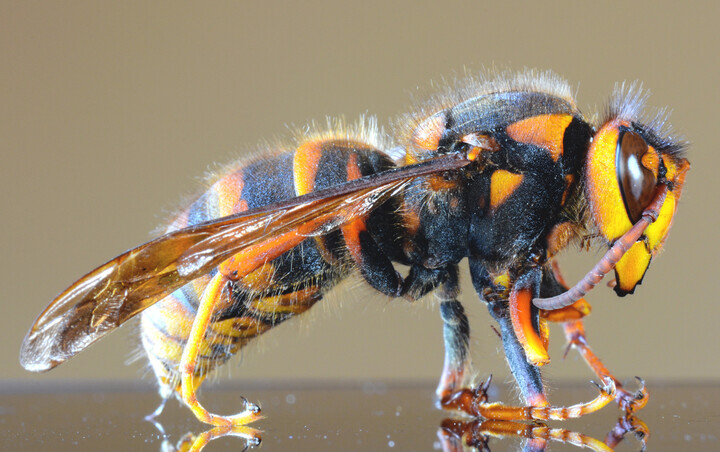
The Asian giant hornet is the world’s largest hornet, and as the name implies, it's native to East Asia. There, it’s considered a little scary, in that you certainly don’t want to be stung by one, but no one is overly concerned about it. That’s because it's native to that environment, and other animals have evolved protections against it, to keep it in check. Japanese honeybees, which the hornets prey on, have an amazing group defense where dozens of them grab onto an invading hornet, forming a ball around it, and raise their temperature until the hornet dies.
But in the United States, the hornets are considered an invasive species. Honeybees here have not developed protections against it, like Japanese bees have. Of course, the honeybees we’re all used to, Apis mellifera, are not native to the United States, though they've become important pollinators, especially for agriculture.
However, there are several reasons why entomologists say you shouldn’t be too alarmed about the Asian giant hornet, and even more reasons why you shouldn’t overreact. In a recent blog post, entomologist Nancy Miorelli notes that while these hornets are the world’s largest, we’re not talking about eagles here; they’re only about 1.5 inches long. And while their venom makes stings extremely painful, in the absence of allergies, it takes about 59 stings from an Asian giant hornet to kill an adult human.
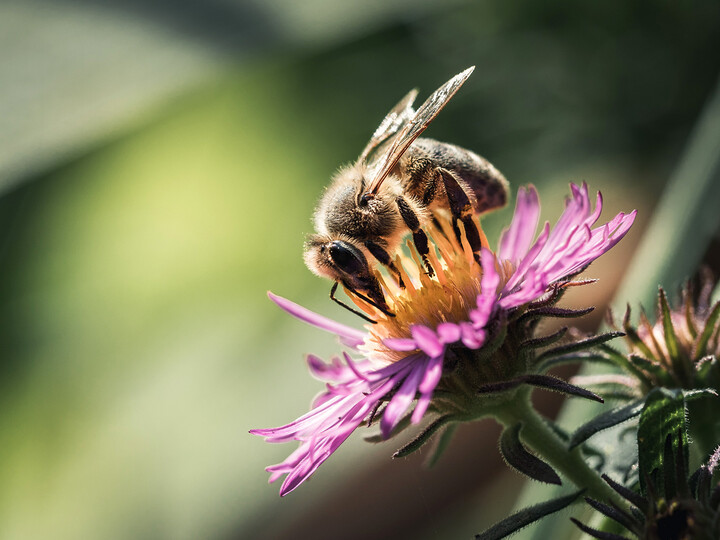
Also consider that, since the two sightings in 2019, only one has been found in the entire year 2020 in the same small corner of Washington where the others were found. This doesn’t mean that entomologists and biologists aren’t taking these hornets seriously, but the main concern is focused in a very localized area because these bugs clearly have not established themselves anywhere else in the country yet.
This is all to say that, outside of the part of the country where Asian giant hornets have been found, you really don't need to worry about coming across them. And using traps and sprays or destroying wasp nests can be more harmful than taking no action at all because the insects you may be targeting often play important roles in our ecosystems.
The United States is not home to any true native hornets; there are European hornets in the Eastern U.S., which have been here for over a century, and there are insects which are commonly referred to as hornets but technically aren't. But many helpful insects in the country, including bees and wasps, can easily be mistaken for the Asian giant hornet or accidentally be killed by sprays and traps meant for them.
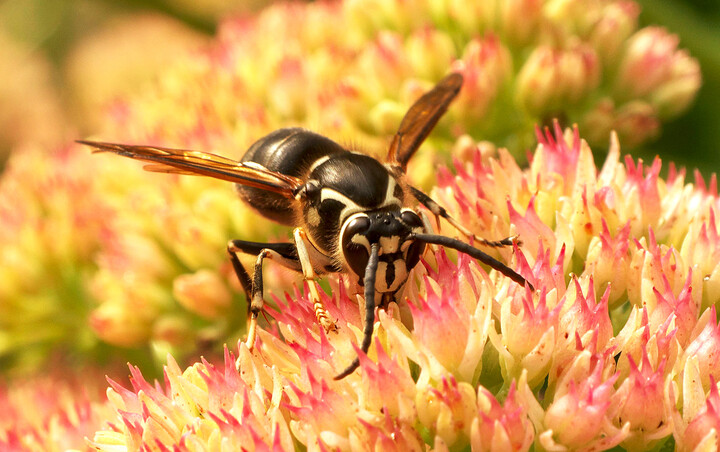
The bald-faced hornet, for example, is a fairly large black-and-white insect (it only gets about half the size of an Asian giant hornet). It’s not technically a hornet; despite its coloration, it’s actually a yellowjacket wasp. Most common in the Southeast, bald-faced hornets will sting if they feel threatened, especially near their large nests. But they serve an important role: They love to feed on deer flies and horseflies, bloodsucking pests that can spread disease.
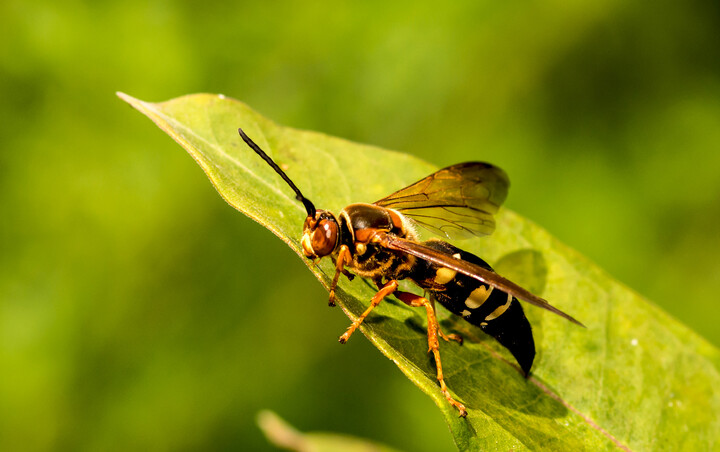
Those fearful of the Asian giant hornet may also get jumpy around a wasp known as the cicada killer. That's a scary-sounding name, plus they can reach 2 inches long. But they are actually gentle giants and play an important role in our ecosystems. Cicadas, in some years, emerge in truly ridiculous numbers, and feed by piercing and sucking up sap from trees and other plants. Cicada killers are one of the many animals that prey on them, stopping the cicada population from getting so large that it destroys trees.
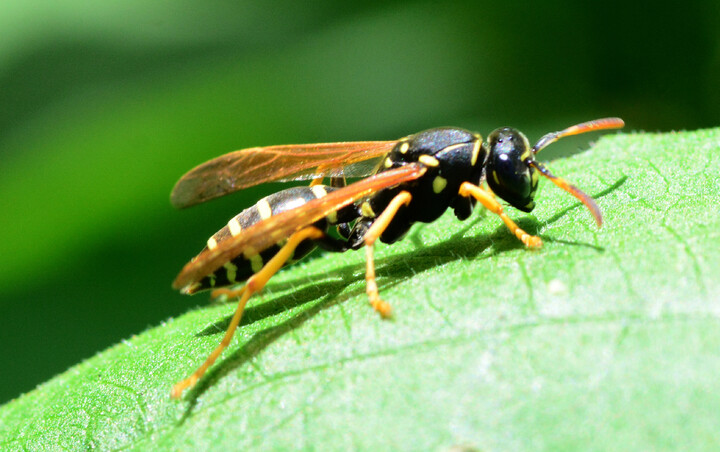
Several species of paper wasps are also considered beneficial to gardeners. They pollinate plants, just like honeybees, but they’re also efficient and effective predators of pest caterpillars. Hornworms on your tomatoes? Paper wasps will take care of that. Even though paper wasps do sometimes sting people when threatened, it’s recommended that you simply leave paper wasp nests alone, because they do a lot more good than harm. Of course, if the nests are in a location that presents a danger to you (the wasps do like to use the sheltered areas around windows and eaves for building nests), you may want to remove them all the same.
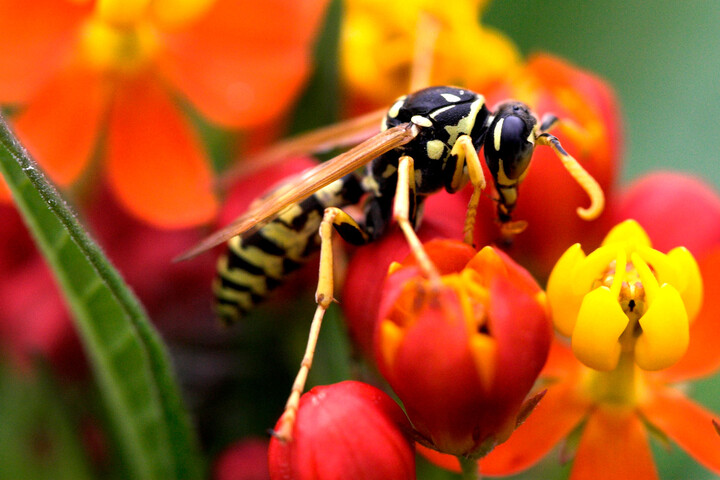
Even any of the several species of yellowjacket native to the U.S. can be good guys (though they do tend to have short tempers when threatened). Yellowjackets have a sweet tooth, and can be extremely annoying around soda or fruit during picnics, but we need them, too. These omnivorous wasps will, during most of the year, look for prey in the form of other insects, especially caterpillars, grubs, and flies. They keep those populations in check, so think about that next time a yellowjacket wants to taste your slice of watermelon.
If you see any wasp-like insect around you, remember that there’s essentially no chance that it's an Asian giant hornet. So rather than resorting to hornet-killing measures like insecticides or traps, remember that most wasps and bees are unlikely to sting if you stay calm and just leave them alone. Then, they'll return the favor by helping you control pests in your yard.